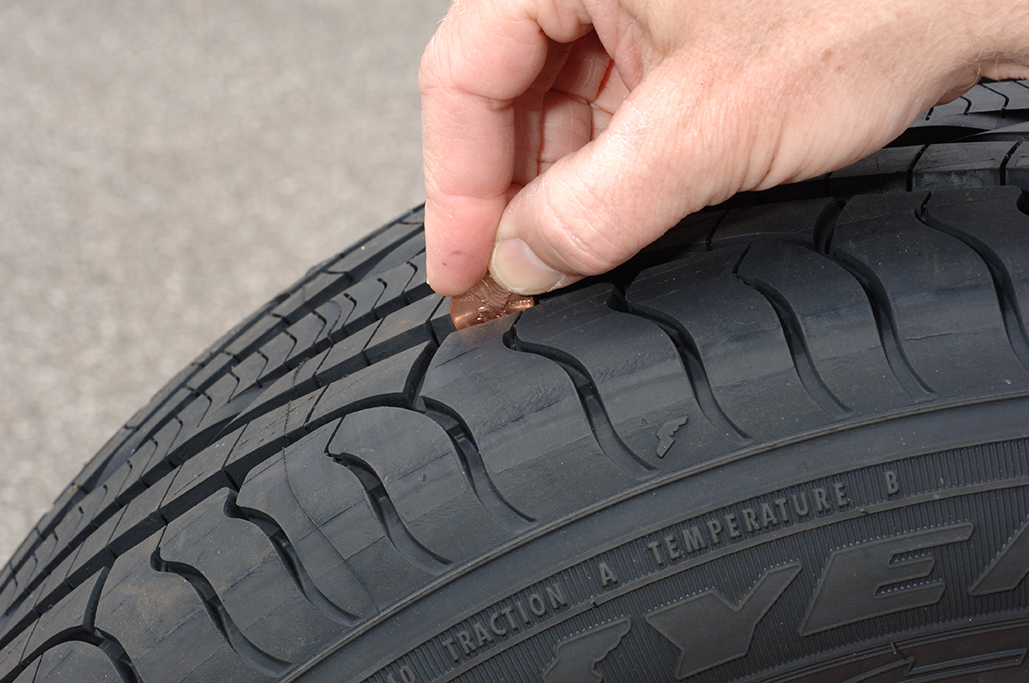Keeping equipment such as a brush chipper or stump cutter in tip-top condition is vital to the success of any tree care business. Those machines, however, might not make it to the jobsite if the tires are not taken care of properly.
“Routine tire maintenance may be viewed as less significant in the big picture of managing a tree care company, but overlooking tires on your equipment can create a lot of problems,” says tire expert Joe Schrage with Graham Tire. “It’s important to check truck tires, but don’t forget that your brush chipper and stump cutter are going down the road at the same speed and are just as critical.”
The following are things to consider when caring for your tires, according to Schrange:
- Grab an air gauge and check the air pressure. Overinflated tires will puncture easier; underinflated tires will not perform as well as they should. Check in the morning before the tires have been driven. “Air is the least expensive thing you can do to ensure good performance and prolong the life of tires,” he says.
- Regularly check for bulges, cuts and objects sticking in tires. Make sure you have tires rated for your tree care equipment. Replacement tires should be rated the same as the original tires that came with the equipment.
- Pay attention to where you are driving. “There are a million things on the ground that could damage tires,” says Schrage. “I’ve seen such oddities as deer antlers, steel fence posts and screwdrivers in tires. Be especially aware of your surroundings when working in hazardous areas, such as doing storm cleanup.
- If you drive over a curb, check your tires. You may not think that the tire has been damaged, but an impact break could occur. The tire is weakened and the inside casing may have a cut and start losing air. Or, worse, it could explode when you are going down the road.
- When deciding to repair or replace a tire, the following is a good rule of thumb: “If the damage is in the tread area, repair is possible. If the sidewall or the shoulder (where the tread and sidewall meet) is damaged, repairs in those areas don’t last. You can patch it temporarily, but you need to get it replaced soon. If you don’t, expect trouble in the future.”
- Check regularly for wear. Measure the tread depth using the penny test. Take a penny, holding Lincoln’s body between your thumb and forefinger. Place Lincoln’s head into one of the tire’s grooves where the tread seems to be the lowest. If any part of the head is covered by the tread you’re okay. You need approximately 2/32-inch (.2 cm) of tread. If the tread does not cover any part of the head, it’s time for a new tire.
Check your tree care equipment owner’s manual for more information about tires.
